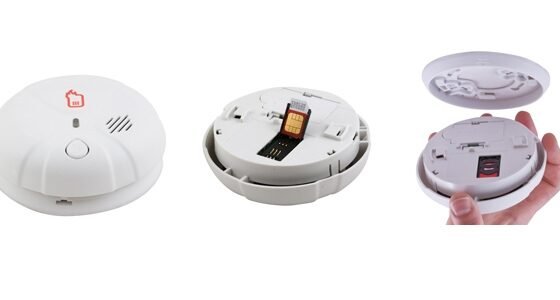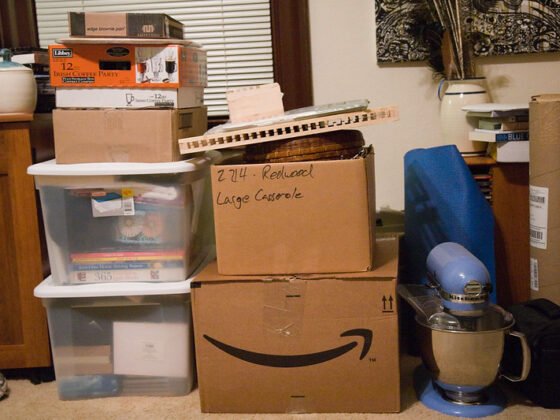Table of Contents Show
Water damage costs American insurance companies $2.5 billion each year. If you experience flood damage, it is vital that you seek out water damage restoration services immediately.

Even after you think your home is safe after water removal, immediate action needs to be taken. Damaged water-damaged carpeting leads to bigger respiratory problems and asthma in children.
There are a few effective water damage restoration tips to prevent further damage from happening. Here is a couple that can help you out.
Use Fans and Dehumidifiers
If you’re in need of water damage restoration, use fans and dehumidifiers. The use of fans and dehumidifiers is one of the most effective ways to dry out an area that has been damaged by water.
Fans are used to dry out large areas quickly. They can be placed around areas that need to be dried as well as points of entry and exit from the area.
Dehumidifiers are especially helpful for removing excess moisture from the air. They should be used to help draw out moisture before it becomes a bigger problem in the home.
Read Also:
Sun Drying
Sun drying is an effective water damage restoration method that can quickly remove excess moisture from structures and materials. The sun’s radiation helps to reduce humidity and also helps to speed up the evaporation rate. This is necessary for drying out wet surfaces.
When sun drying, open doors and windows to increase airflow and take the furniture outside during the hottest part of the day to increase drying power. Also, wet and saturated items must be placed in the sun so that the maximum amount of heat can be absorbed and transferred to the materials.
Sun drying is especially beneficial for wooden items and structural components that cannot be dried quickly with a dehumidifier or a fan. Sun drying is an effective and energy-efficient way to restore a water-damaged site, but it is also necessary to use other methods to ensure complete drying.
Use Absorbent Materials
Absorbent materials draw moisture away from surfaces quickly. They start the drying process and help to inhibit the growth of mold and bacteria.
Commonly used absorbent materials like kitty litter, sand, and sawdust are excellent for drying out small areas. Towels, sponges, and clothes are useful for cleaning up any leftover moisture.
When using absorbent materials, it is important to make sure that the area is thoroughly dried before applying a sealant. This way, you can ensure that the structure is completely dried and no residual moisture remains.
Apply Heat
The application of heat for water damage is one of the most effective ways to dry out an affected area. When heat drying, hot air is forced into the area, increasing the moisture evaporation rate. This process can be used to dry any type of material, including carpets, fabric, and wood.
Hot air needs to be transferred evenly throughout the room in order to evenly dry the area. Areas where heat can’t reach, such as hard-to-reach cracks and crevices, should be the focus of additional efforts. Contact indoorflood.com for additional help with the water extraction process.
Water Damage Restoration Tips for Everyone
Water damage restoration is a complex process that requires attention to detail. Use these four methods to dry out your house. Don’t wait to contact a professional if water damage is extensive. Contact a certified restoration specialist today for a consultation.
Was this article helpful? Keep reading our blog for other useful topics!









